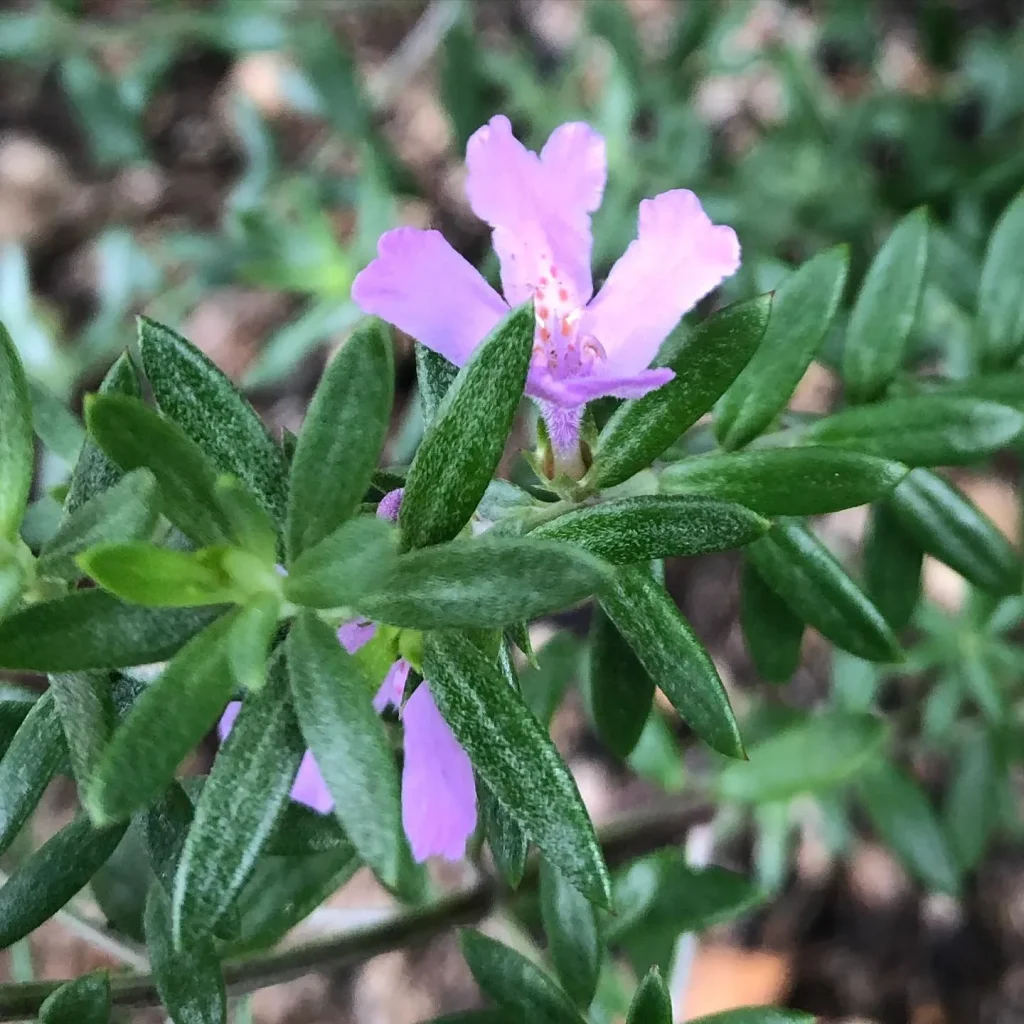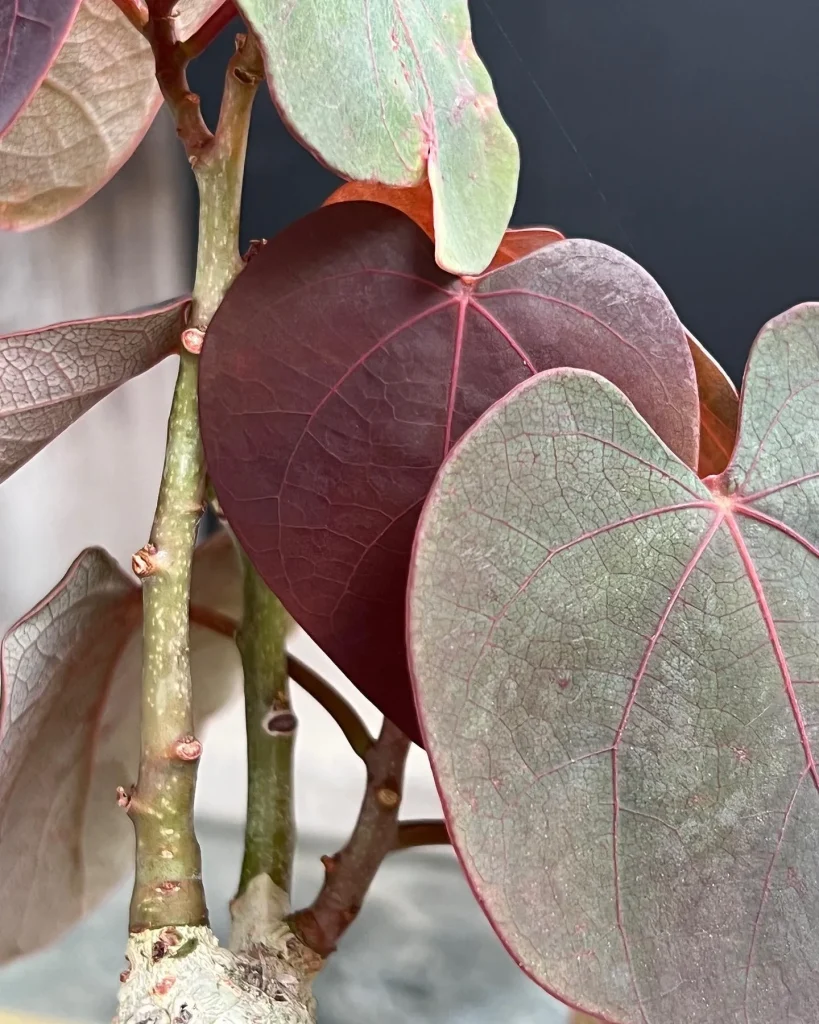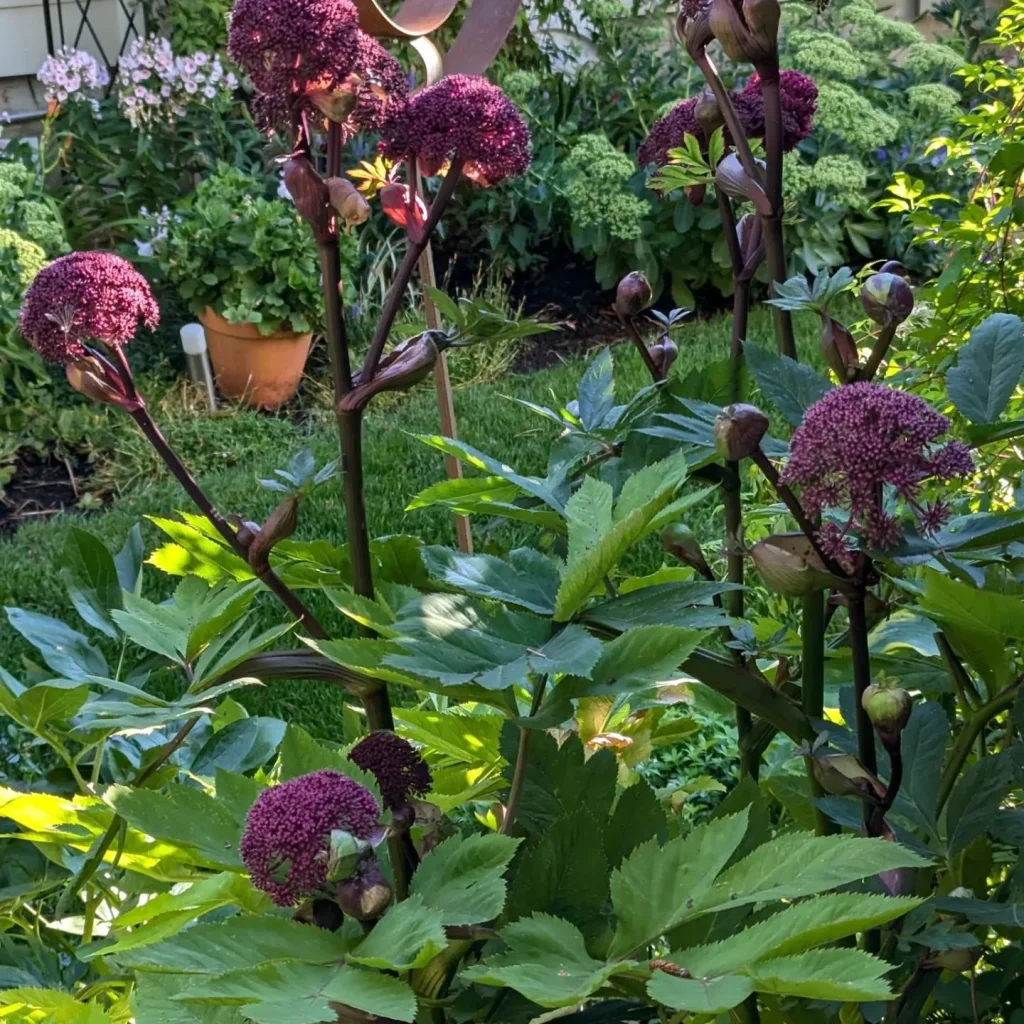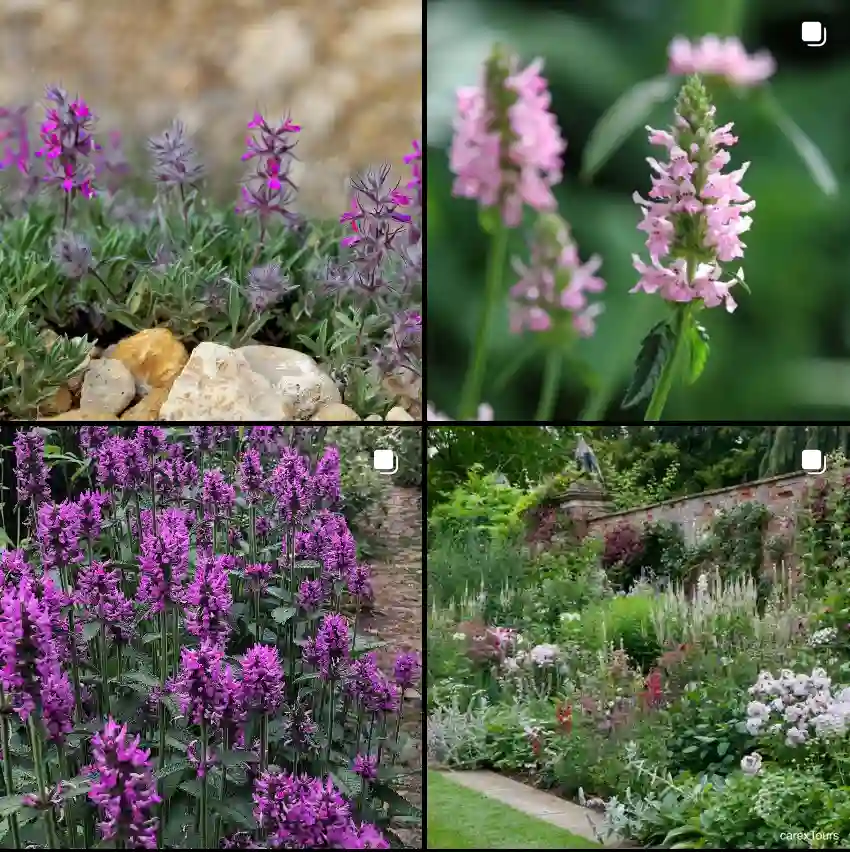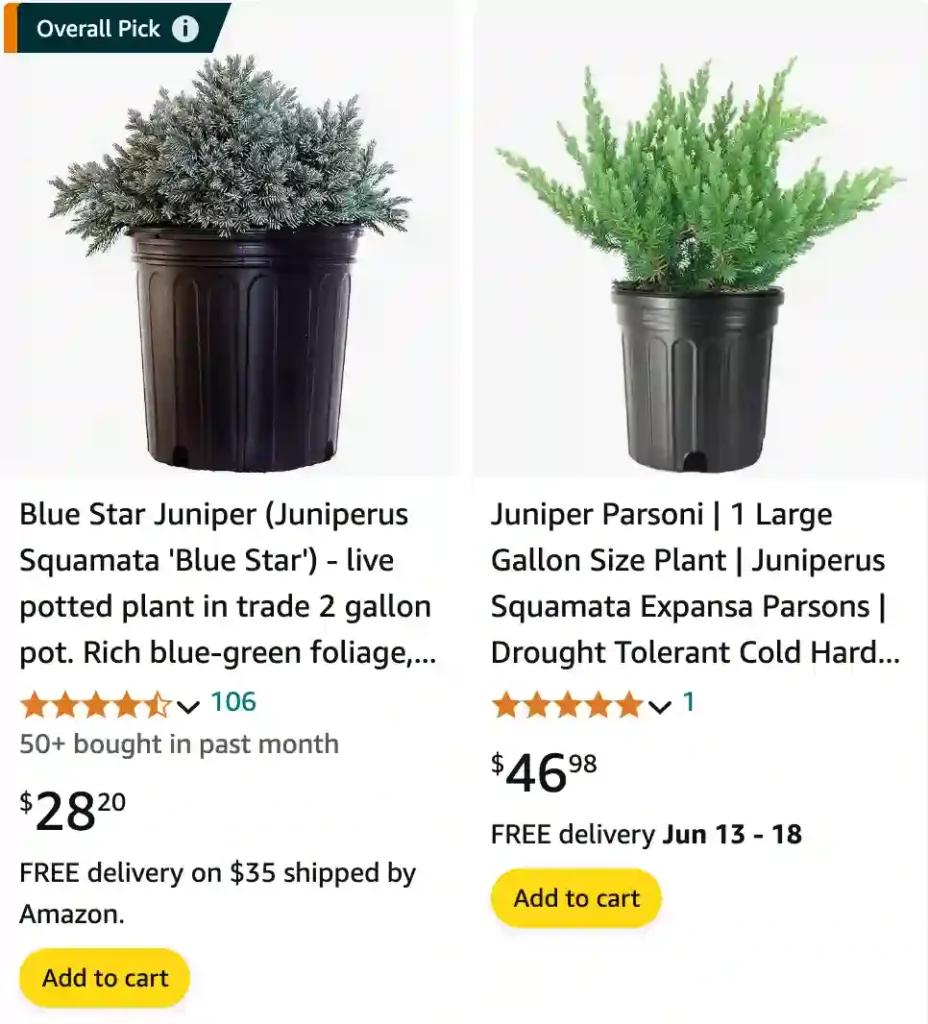

Unveiling the Mystique: Introduction to Juniperus Squamata
As I meander through my garden, a realm of evergreen wonder unfolds before my eyes—Juniperus squamata, the flaky juniper or Himalayan juniper, stands as a testament to nature’s exquisite craftsmanship. Nestled in the cypress family Cupressaceae, this coniferous shrub, native to the Himalayas and China, has become a cherished resident in my botanical haven.
74 Species in Genus Juniperus
My Encounter with the Flaky Juniper: A Visual Symphony
Walking amidst the greens, I discovered that Juniperus squamata is not merely a shrub; it’s a living sculpture, an evergreen maestro that orchestrates a visual symphony. Towering at 2–10 meters, its flaky brown bark forms the canvas upon which the shrub’s prostrate to irregularly-conical crown unfolds. The leaves, broad and needle-like, arranged in whorls of three, paint the foliage in a glaucous blue-green hue.
A Glimpse into the Intricacies: Taxonomy Tales
Delving into the taxonomy of Juniperus squamata, I embarked on a journey through the nuanced variations that authors present. The varieties—squamata, fargesii, hongxiensis, parviflora—tell tales of adaptation and evolution in different corners of its native habitat. The etymology of its Latin name, squamata, unravels the secret of its small, scale-like leaves—a distinctive feature that adds to its allure.
From the Himalayas to My Backyard: Distribution and Habitat
According to my actual experience, the flaky juniper has a remarkable journey, spanning from northeastern Afghanistan to western Yunnan in China, with disjunct populations reaching Taiwan. The altitude, ranging from 1,600 to 4,900 meters, reflects its resilience in diverse environments. Interestingly, it found its way to the United States in 1964, a journey that introduced its mystique to new landscapes.
A Jewel in the Garden: Ornamental Marvels
In my horticultural pursuits, Juniperus squamata emerged as a gem. Widely embraced in Europe and North America for its bluish foliage and compact habit, it earned its place as an ornamental masterpiece. As I stroll through my garden, ‘Blue Carpet,’ ‘Blue Star,’ and ‘Holger’ stand as proud recipients of the Royal Horticultural Society’s Award of Garden Merit.
‘Blue Star’ Singleseed Juniper: A Celestial Addition
My personal journey with ‘Blue Star’ unveiled a dwarf conifer, an evergreen marvel standing 1 to 3 feet tall, adorned with blue-gray, awl-shaped needles. Originating as a “witch’s broom” on the ‘Meyeri’ cultivar, ‘Blue Star’ captured my heart with its bluish-berry-like seed cones. Its adaptability to full sun and various soils, coupled with minimal maintenance needs, makes it a celestial addition to any garden.
Beyond Beauty: Practical Wisdom
As I tend to my ‘Blue Star’ Singleseed Juniper, I discovered practical wisdom in its resilience. No serious insect or disease problems, with a slight vulnerability to twig blight in wet springs, underline its hardiness. Its adaptability to different soils, from poor and dry to sandy, makes it a versatile companion in the garden.
Embracing Nature’s Artistry: Noteworthy Characteristics
In my exploration, the ‘Blue Star’ cultivar revealed its slow-growing nature, forming a low-mounded, hemispherical habit. Its awl-shaped, silver-blue foliage adds allure throughout the year. The name ‘singleseed juniper’ resonates with the reality that each female cone contains but a single seed. As I delve into its genetics, ‘Blue Star’ proves to be a sport of Juniperus squamata ‘Meyeri,’ a testament to nature’s unpredictable creativity.
Facing Challenges with Grace: Problems and Solutions
Juniperus squamata, like any living entity, faces challenges. Twig blights, root rot, cedar-apple rust, and occasional insect pests like aphids and webworms remind me of its vulnerability. However, its resilience shines through, requiring minimal pruning and offering a range of uses from specimen shrub to ground cover.
A Versatile Ally: Uses Beyond Aesthetics
Beyond its ornamental allure, Juniperus squamata serves practical purposes. As a specimen shrub or foundation plant, it adds character to the landscape. In rock gardens or mass plantings, it transforms into a bushy ground cover. Its adaptability makes it a versatile ally in garden design.
A Global Wanderer: General Information
Extending beyond my personal haven, Juniperus squamata unveils its role as a widespread and locally common species. From the subalpine coniferous forests of northern Afghanistan to the alpine meadows of China, its adaptability and growth rate are testaments to its wild beauty.
A Botanical Marvel: Medicinal and Other Uses
In local landscapes, Juniperus squamata serves as more than an ornamental delight. Its medicinal uses, with powdered plant infusions for treating skin diseases, add another layer to its botanical marvel. The plant’s wood, with its fragrant aroma, becomes fuel and incense, while its leaves find purpose as incense in traditional practices.
Conservation Status and Other Insights
Acknowledging its role in local ecosystems, the plant holds the status of ‘Least Concern’ in the IUCN Red List of Threatened Species. Its agroforestry uses, such as the ‘Blue Carpet’ cultivar as a ground cover, exemplify its integration into human practices.
A Cold-Hardy Companion: Cultivation Insights
My hands in the soil, I explored the cultivation nuances of Juniperus squamata. Thriving in cold climates, enduring temperatures down to -25°C, it reveals its adaptability to well-drained soils, including sandy and alkaline compositions. Its slow growth in Britain, coupled with named cultivars like ‘Meyeri,’ underscores the diversity within the species.
From Seed to Shrub: Propagation Unveiled
Understanding its propagation, I witnessed the slow germination process of its hard-coated seeds. The dance of cold and warm periods, the patience required, and the potential of ‘green’ harvesting all contribute to the saga of bringing forth new generations of Juniperus squamata.
The Culmination: A Personal Reflection on Juniperus Squamata
In concluding my exploration of Juniperus squamata, I find myself in awe of nature’s artistry. From the towering peaks of the Himalayas to my humble garden, this flaky juniper bridges landscapes and cultures. As I nurture and witness its growth, I am reminded that every leaf tells a story, and every branch is a brushstroke in the masterpiece of life. Juniperus squamata, the flaky juniper, has become more than a botanical companion—it’s a storyteller, a guardian, and a testament to the beauty that nature unfolds, one needle at a time.
If i die, water my plants!
